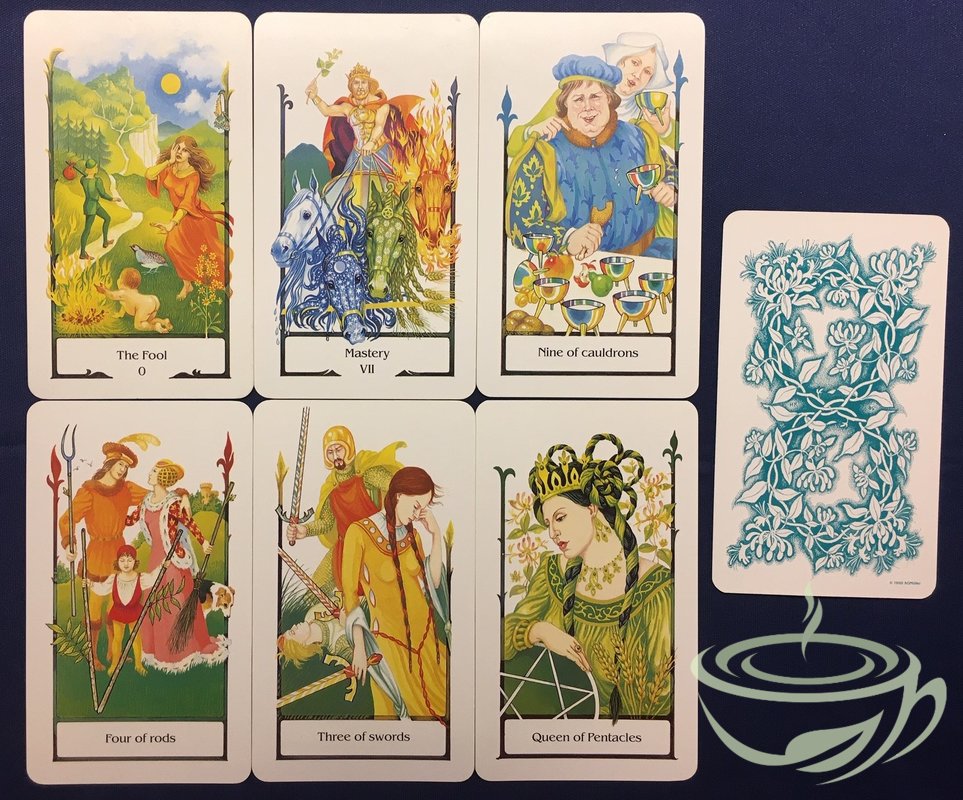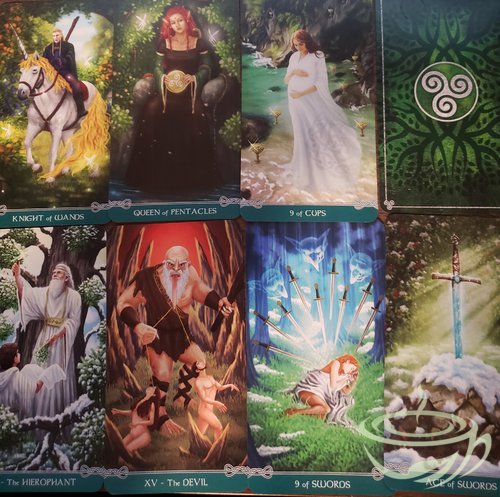Tarot of the Old Path (First Edition)
* ISBN: * Publisher and Year: AGM-Urania, 1990 * Authors: Howard Rodway * Artist: Sylvia Gainsford * Card Size: 2.76 x 4.72 in. = 7.00cm x 12.00cm * Available at: this edition is Out of Print, but there is a US Games edition available at Amazon.com.
0








